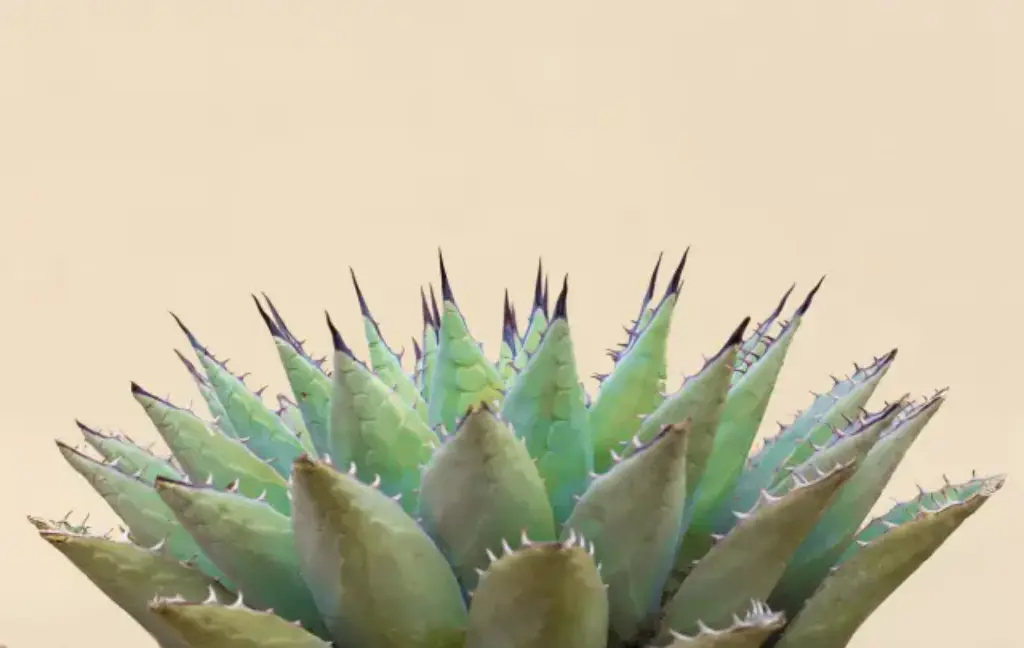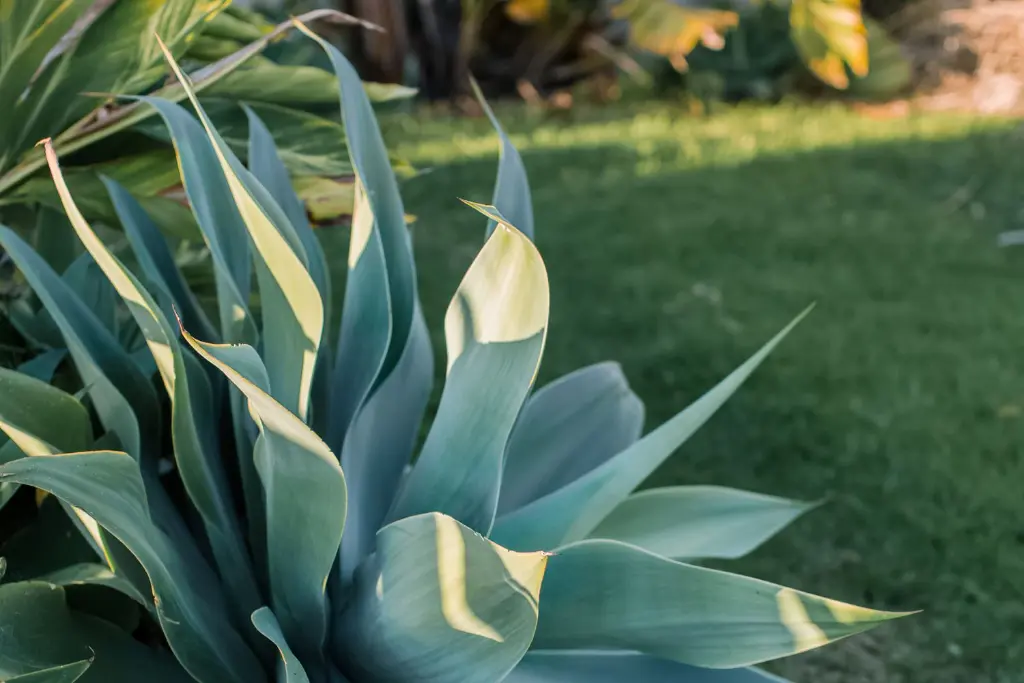Agave, often referred to as the century plant, is a fascinating succulent that belongs to the genus Agave, within the family Asparagaceae.
This versatile plant has captured the attention of gardeners, botanists, and enthusiasts around the world due to its various uses, from the production of tequila to its ornamental value in gardens. In this comprehensive guide, we will explore everything you need to know about agave, including its origins, uses, care tips, and much more.
The Agave Plant: An Overview

Agave is a succulent plant known for its striking rosette form and fleshy leaves. It belongs to the genus Agave, which comprises several species native to the arid regions of the Americas. One of the most famous species is the Agave americana, also known as the century plant.
Types of Agave Plants
Agave plants vary widely in appearance and size, ranging from small rosettes to towering specimens that can reach up to 40 feet in height. They are stemless or have short stems, with leaves arranged in a rosette formation. The inflorescence, or flower stalk, can be tall and striking, depending on the species.
Some common types of agave include:
- Blue Agave (Agave tequilana): Known for its role in the production of tequila.
- Maguey (Agave salmiana): Used in the production of pulque and mezcal.
- Foxtail Agave (Agave attenuata): Popular as an ornamental plant for gardens.
Uses of Agave
Agave has been utilized by humans for thousands of years for various purposes. Here are some key uses:
- Tequila Production: Agave, especially the blue agave variety, is the primary ingredient in tequila production, particularly in the Jalisco region of Mexico.
- Agave Nectar: The sap of agave plants is used to produce a sweetener known as agave nectar, which is a popular sugar alternative.
- Fiber: Some species of agave are used to make rope and other fiber products.
- Ornamental Purposes: Many agave species are grown as ornamental plants in gardens and container gardens.
Agave Plant Care
Agave plants are relatively low-maintenance but thrive under certain conditions. Here are some care tips for growing agave:
- Sunlight: Most agave species prefer full sun but can tolerate partial shade.
- Watering: Agaves are drought-tolerant plants and should be watered sparingly. Allow the soil to dry out between waterings.
- Soil: Well-draining soil is essential to prevent root rot. A cactus or succulent mix works well.
- Temperature: Agaves prefer warm temperatures and cannot tolerate frost. Protect them during cold winters.
Agave in Tequila Production
One of the most well-known uses of agave is in the production of tequila. Only the blue agave (Agave tequilana) variety, particularly grown in the Jalisco region of Mexico, is used for authentic tequila production. The process involves several steps, including:
- Harvesting: Mature agave plants are harvested by skilled workers known as jimadores.
- Cooking: The agave piñas (hearts) are roasted to convert starches into sugars.
- Fermentation: The extracted juices are fermented to produce alcohol.
- Distillation: The fermented liquid is distilled to create tequila.
Agave and Mezcal Production
In addition to tequila, agave is also used in the production of mezcal. Unlike tequila, which is made only from blue agave, mezcal can be made from various agave species. The process of mezcal production is similar to that of tequila but often involves traditional methods that impart unique flavors.
Agave’s Role in Nature
Agave plants play a crucial role in their native ecosystems. They are pollinated by various insects, birds, and bats, with some species having co-evolved with specific pollinators, such as the agave moth. The flowers produce nectar, which attracts pollinators and supports local biodiversity.
Propagation and Reproduction
Agave plants reproduce in several ways, including:
- Offset: Many agave species produce offsets, or pups, around the base of the mother plant.
- Bulbils: Some species produce bulbils, small bulb-like structures that can grow into new plants.
- Seeds: Agaves also produce seeds, although this method is less common.
Interesting Facts about Agave
- Agave plants are monocarpic, meaning they die after flowering.
- The sap of agave plants can be roasted and eaten.
- Agaves utilize crassulacean acid metabolism (CAM) for photosynthesis, an adaptation to arid conditions.
- Some agave species are known for their variegated leaves, adding to their ornamental value.

In conclusion, agave plants are remarkable succulents with a rich history and diverse uses. From the production of tequila and mezcal to their role as ornamental garden plants, agaves have captured the fascination of people worldwide. Whether you’re a seasoned gardener or a tequila enthusiast, agave is a plant worth learning about and growing in your own garden.



